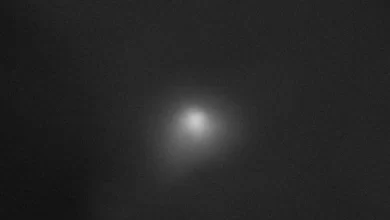DARPA’s LunA-10 project sheds light on the lunar economy

It is no longer a dream for people to live and engage in economic activities on the Moon.

The Moon, which appears clearly when the sun goes down, and its visual feast have been adorning people’s dreams for thousands of years. While going to the satellite right next to us and maybe settling there is no longer a dream, the future is literally coming. With the LunA-10 project, DARPA is laying the groundwork for the basic infrastructure necessary for these dreams to come true.
DARPA works on the lunar economy
The Defense Advanced Research Projects Agency (DARPA), the research and development agency of the US Department of Defense, is credited with creating ARPANET. Just as ARPANET launched the original internet revolution, the US federal agency is now working on an integrated lunar infrastructure to spur a new space economy.
The recently announced 10 Year Lunar Architecture (LunA-10) study aims to accelerate the development of key technology concepts that can work collaboratively. DARPA’s goal is to transition from isolated scientific studies to a set of scalable, interoperable systems that foster collaboration between companies and organizations. DARPA notes that the importance of such interoperable systems lies in their ability to minimize the Moon’s footprint and create opportunities to monetize future Moon services.
Participatory model will be used
The European Space Agency (ESA) predicts more than 400 missions to the Moon between 2022 and 2032. The purpose of LunA-10 will be to act as an “accelerator” for critical lunar technologies that may find application in both government and commercial space sectors. We can say that this initiative aims to promote a new “economic vitality” on the lunar surface. LunA-10 will primarily focus on key areas identified through market analysis of the promising lunar economy. These areas encompass transit and mobility, energy and communications, as well as potentially groundbreaking orbital or surface infrastructure concepts.
Covering a seven-month period, LunA-10 will establish an analytical framework to identify rapid scientific and commercial opportunities through collaborative infrastructure investments, as announced by DARPA. Projects selected for the LunA-10, whose application deadline is September 25, 2023, will also receive an award not exceeding $1,000,000.






